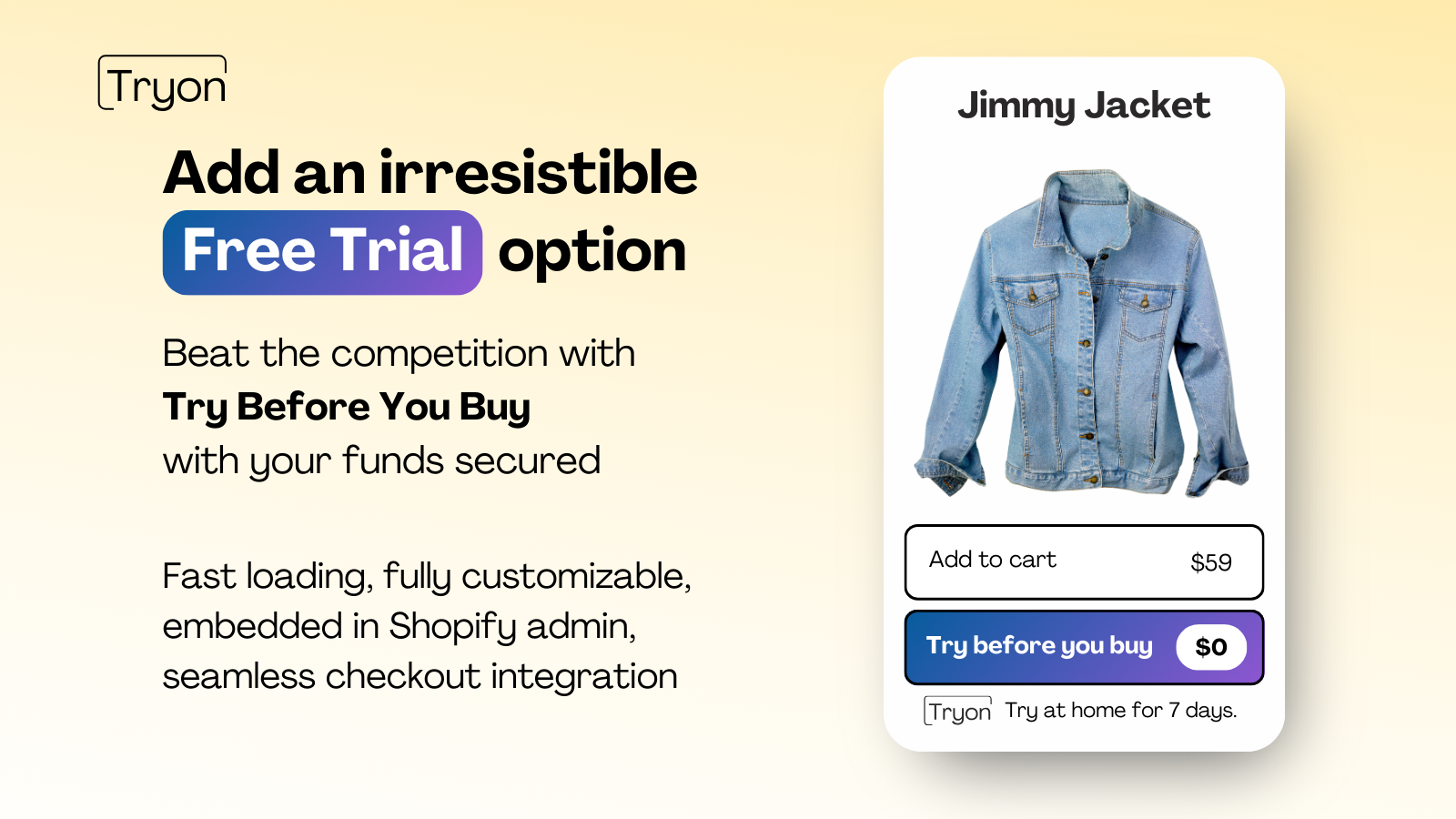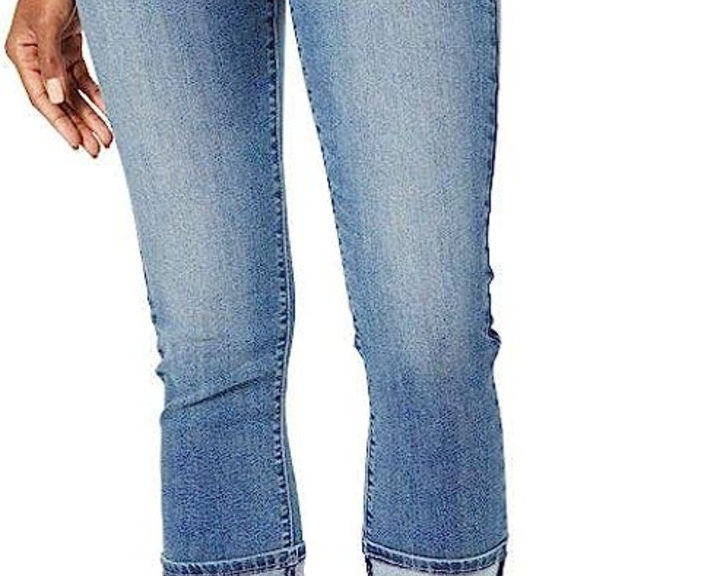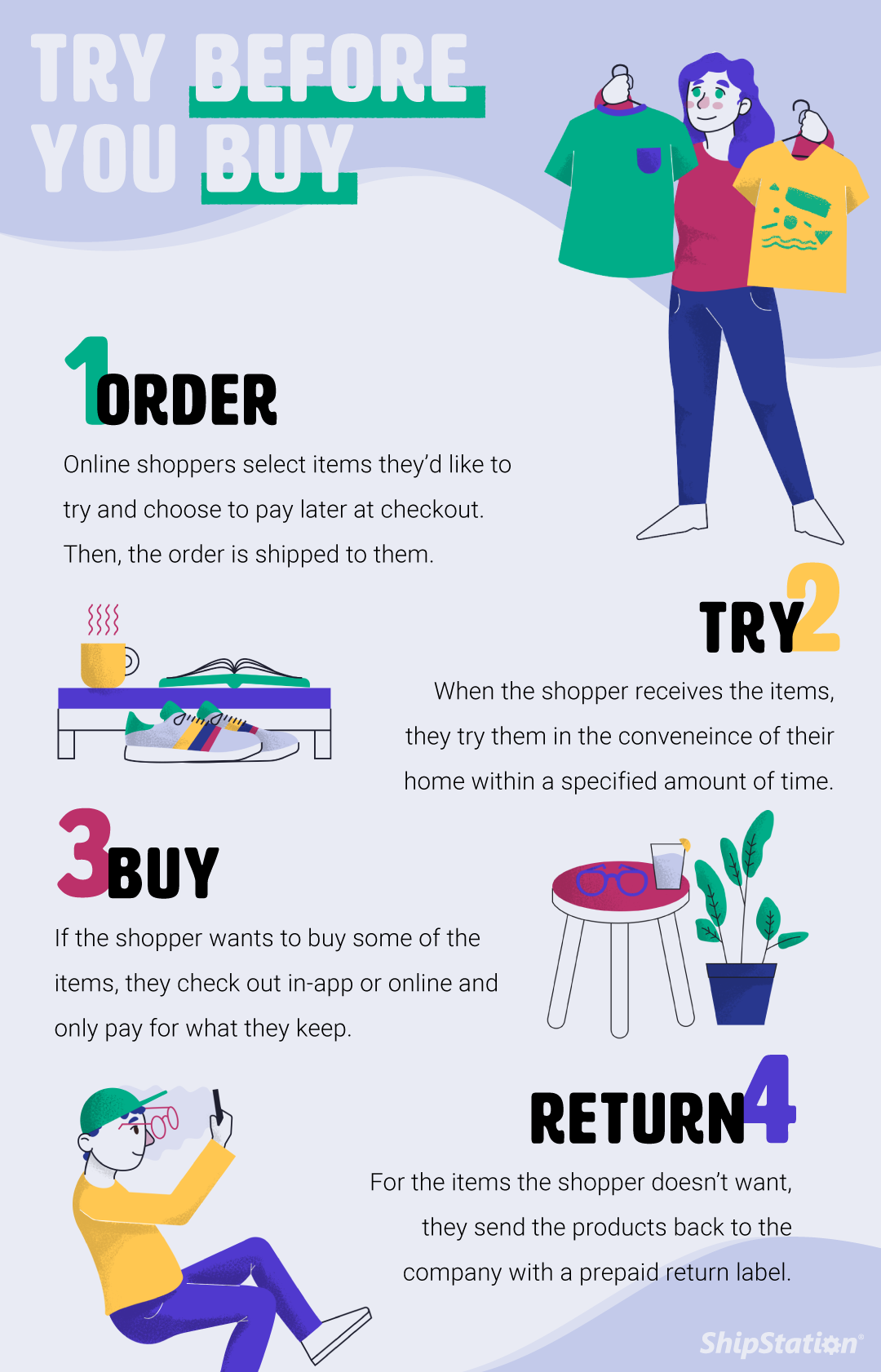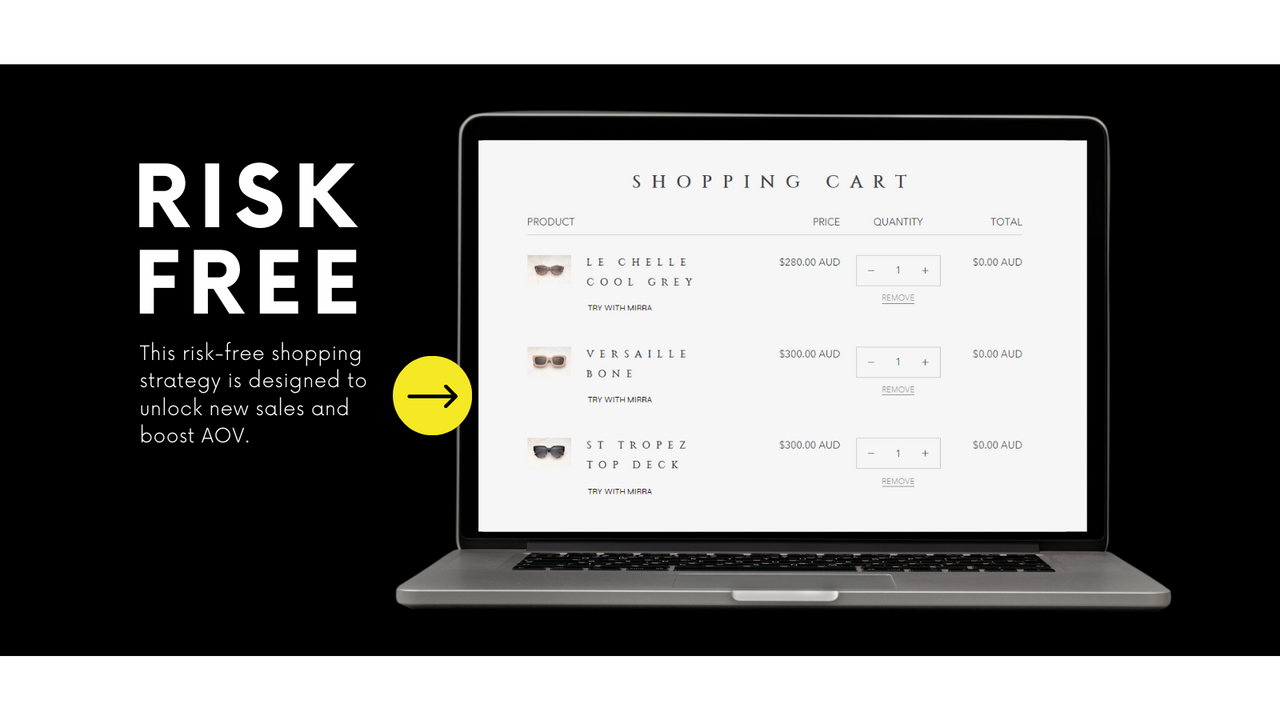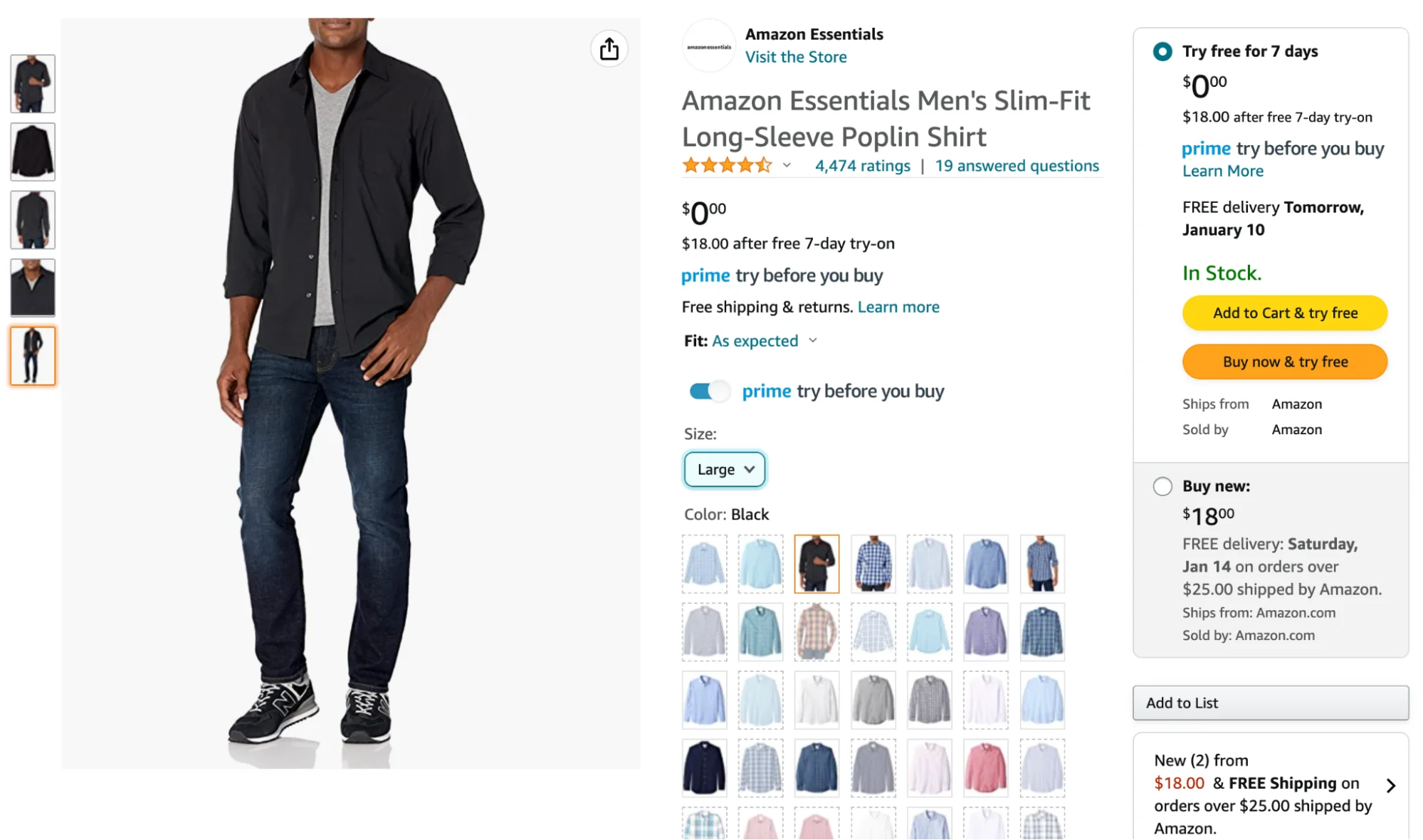Try Before You Buy Skinny Fit

The fashion industry is facing a reckoning. A surge in consumer demand for inclusivity and personalization is challenging the traditional retail model. This has led to a rise in innovative approaches, including "try before you buy" programs, especially within the often-scrutinized domain of skinny fit clothing.
At the heart of this shift is a fundamental question: Can retailers balance the need for profitability with the growing expectation of personalized service and risk-free purchasing, particularly when dealing with items that often evoke strong emotional responses related to body image?
The Rise of Try Before You Buy
Try Before You Buy (TBYB) is a business model allowing customers to order items online, receive them at home, and only pay for what they keep. The premise is simple: reduce the friction and anxiety associated with online clothing purchases.
For skinny fit clothing, the stakes are higher. The fit is notoriously difficult to predict based on size charts alone. This difficulty, coupled with potential body image concerns, makes TBYB particularly appealing for this category.
The Appeal of TBYB for Skinny Fit
Consumers are drawn to the convenience and reduced risk of TBYB. They can try on items in the comfort of their own homes, with their existing wardrobe, and without the pressure of a retail environment.
For retailers, TBYB offers a powerful marketing tool. It can increase conversion rates, reduce return rates (by ensuring customers only keep items they truly like), and foster customer loyalty.
Data suggests that TBYB programs can indeed lead to increased sales. According to a 2023 report by Klaviyo, companies offering personalized experiences, including TBYB options, see up to a 20% increase in customer lifetime value.
The Challenges of Implementing TBYB
Implementing a TBYB program is not without its challenges. The logistics can be complex and costly.
Returns are a significant concern. Retailers must manage the processing, cleaning, and potential loss of value for returned items. The potential for abuse – customers wearing items once and then returning them – also exists.
Inventory management becomes more complex. Retailers need accurate tracking systems to manage items sent out, items returned, and items paid for.
Impact on Sustainability
The environmental impact of increased shipping and returns is a growing concern. Each shipment and return generates carbon emissions. It also uses packaging materials. The increased handling can contribute to textile waste if items are damaged during transit or return processing.
Some retailers are addressing this by partnering with sustainable packaging providers and implementing efficient return logistics to minimize environmental impact.
However, Professor Evelyn Hayes, a sustainability expert at the University of California, Berkeley, warns that "TBYB, while convenient, can exacerbate the fast fashion problem if not managed responsibly. Retailers need to prioritize durable materials, ethical production, and efficient reverse logistics to mitigate the environmental consequences."
Perspectives on Body Image
The focus on skinny fit clothing raises important questions about body image and inclusivity. While some consumers prefer this style, it can also contribute to unrealistic beauty standards and negative body image perceptions.
Retailers offering TBYB for skinny fit clothing must be mindful of the potential impact on consumers. They should avoid promoting unrealistic body ideals and prioritize body positivity in their marketing campaigns.
Sarah Chen, a body image activist and founder of The Body Advocacy Project, argues that "Retailers have a responsibility to promote diversity and inclusivity in their sizing and marketing. Offering TBYB is a step forward in terms of convenience, but it's not enough. They also need to challenge the narrow definition of beauty perpetuated by the fashion industry."
The Future of TBYB and Skinny Fit
The future of TBYB for skinny fit clothing will likely depend on several factors. These include technological advancements, evolving consumer expectations, and increasing pressure for sustainable practices.
Artificial intelligence (AI) and machine learning (ML) can play a significant role in improving sizing accuracy and personalization. AI-powered virtual try-on tools and personalized recommendations can help consumers find the perfect fit and reduce the likelihood of returns.
Furthermore, the rise of subscription services and curated boxes could further personalize the TBYB experience. These services allow consumers to receive a selection of clothing tailored to their preferences, reducing the burden of individual item selection.
Ethical Considerations
As TBYB becomes more prevalent, ethical considerations will become increasingly important. Retailers must be transparent about their return policies, data privacy practices, and sustainability initiatives.
They should also prioritize fair labor practices throughout their supply chain. This ensures that the convenience of TBYB does not come at the expense of workers' rights.
Ultimately, the success of TBYB for skinny fit clothing will depend on retailers' ability to balance convenience, cost-effectiveness, and ethical responsibility. This includes addressing concerns about body image, sustainability, and fair labor practices.
The trend shows no sign of slowing down. As consumer expectations continue to evolve, retailers who embrace innovative and ethical approaches will be best positioned to thrive in the changing fashion landscape.

